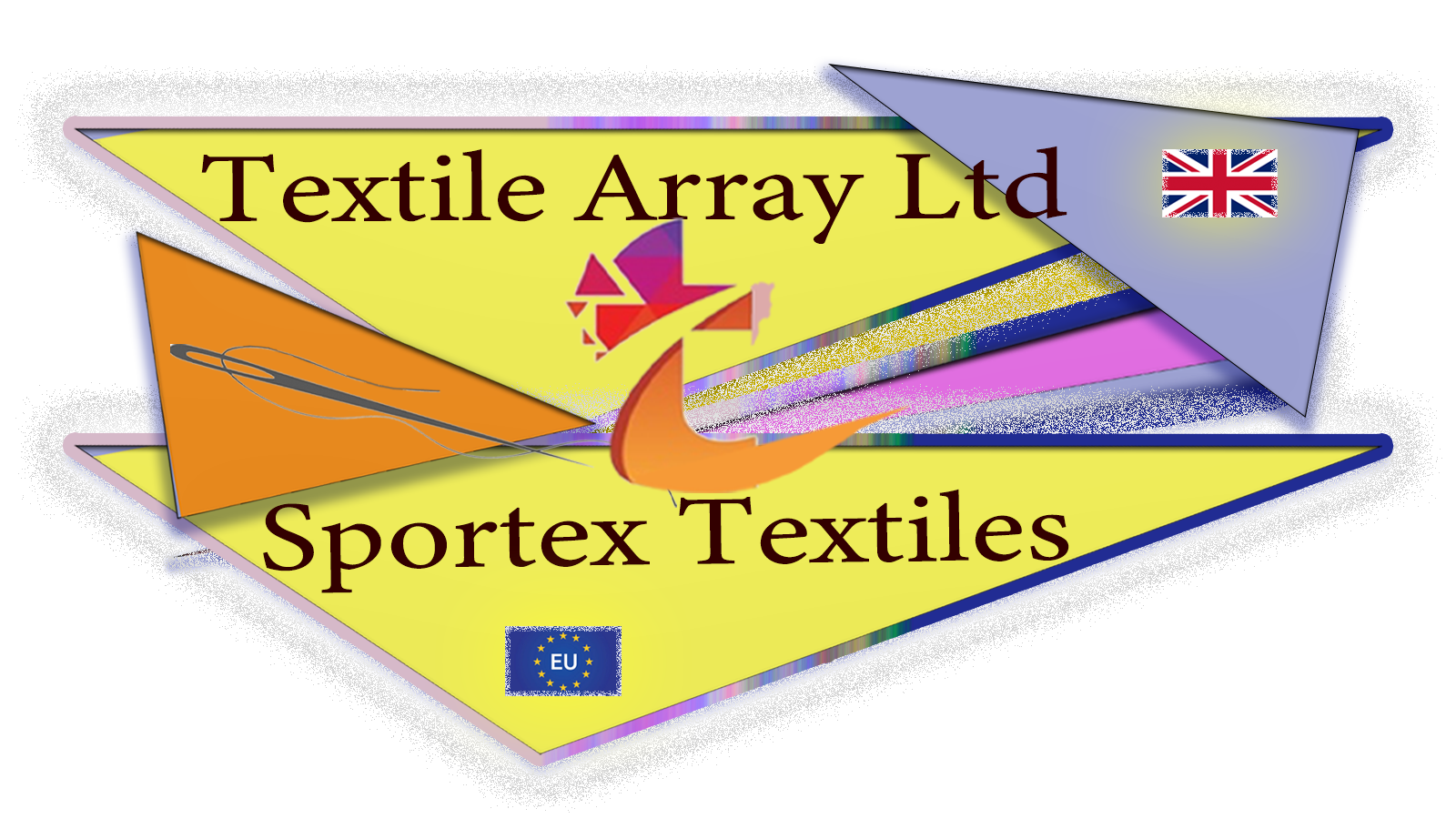Why we DO think our product STANDS OUT
First and most game-changing unique aspect of our product is the Inherent (Permanent) Flame Retardant Safety feature.
The flame retardant properties of our product are firmly anchored deep into the fibre’s molecular chain in the form of a comonomer – an organophosphorus compound. As a result, they remain unaffected by external influences. For instance, any number of washes, abrasion and bodily contact during the entire life span of the product will not alter its flame-retardant properties.
Our Inherent Flame Retardant product also beats its competitors from a health and safety standpoint. In the event of a fire our chemical-free product would emit very low levels of toxic fumes compared with the most widely-used chemical solution-based flame-retardant products – which is the leading cause of deaths in fires.
By taking a right decision during the development phase of this project, to strictly avoid any solution-based flame-retardancy treatments and aim for the best possible option, we have managed to combat all the problems we were facing at those times, for instance:
- Dye destabilization: it occurred, to a certain degree, in every chemically treated fabric we tested
- Unpleasant sticky feel on firm touch: chemical and colour/dye residue on hands or any exposed bare body parts appears to be unavoidable after a certain period of time being in contact with such products during an athlete’s training session
- Any possible allergic reactions to athletes – most of them kids and young age teenagers (no chemicals used)
- Definite and inevitable consistent reduction of the product flame-retardancy properties in a solution-treated fabrics over time which automatically leads to more serious consequences:
- Putting people’s lives and venue at great risk of danger if fire breaks out
- Invalidating current Fire Retardancy Test Certificate
- Breach of fire and safety regulations
- Voiding Insurance policies attributable to breach of regulations
- Devaluating business revenue, public image, increased reputation risk, diminishing customers trust, etc.
